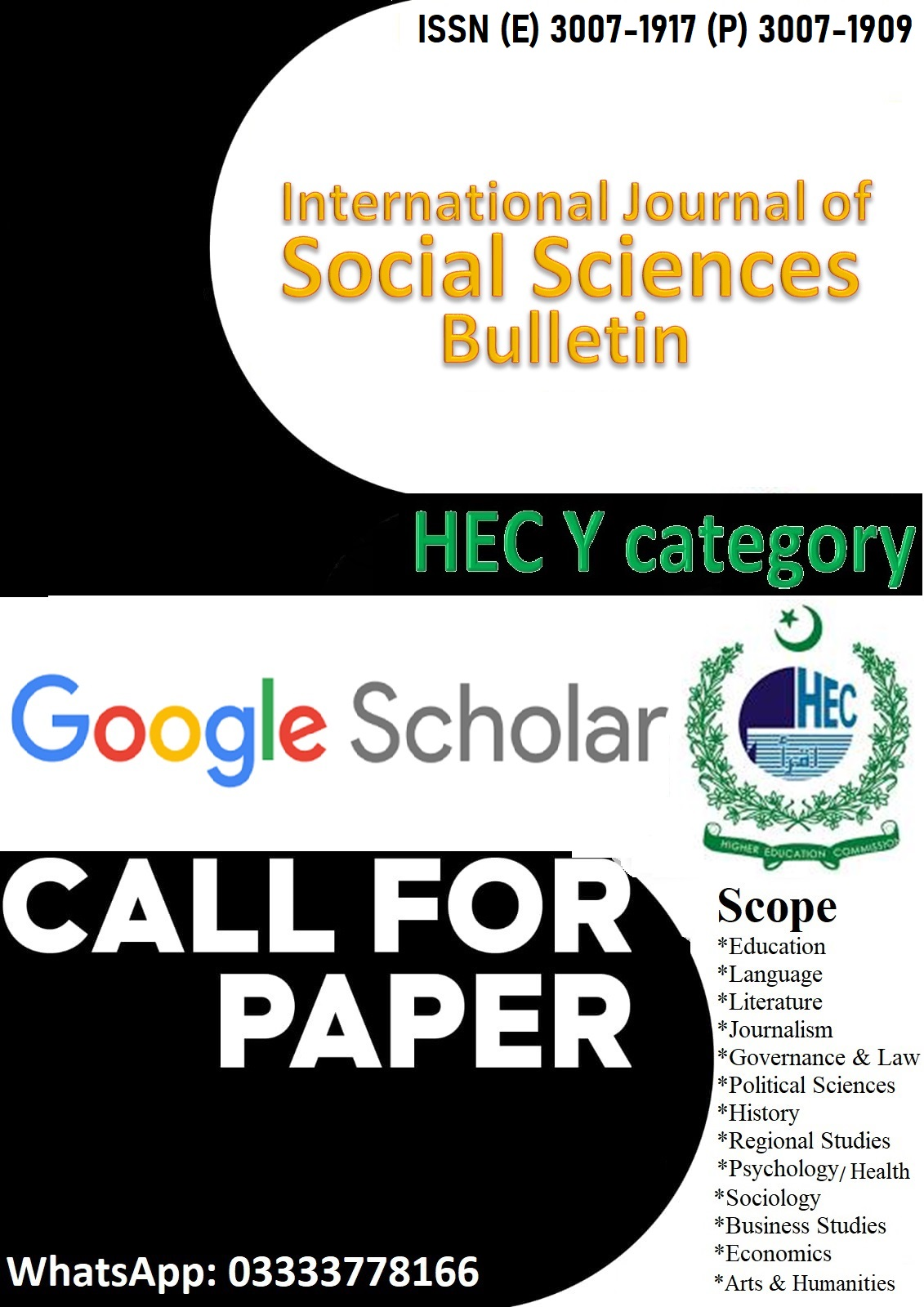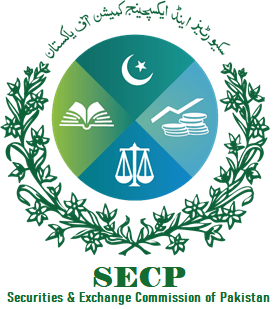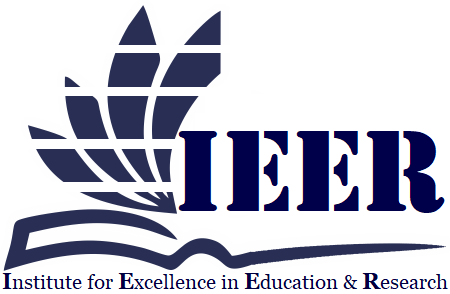LANGUAGE AND STIGMATIZATION: A COMPARATIVE ANALYSIS OF SOCIAL IDENTITY AND PUBLIC PERCEPTION IN PAKISTANI AND AMERICAN TV TALK SHOWS
Keywords:
stigmatization,, social identities,, mental health, race,, gender, religionAbstract
This paper explores how culture influences the process of stigmatization of the social identity in Pakistani and American TV talk shows, Therefore, the study employs content and critical discourse analyses using Erving Goffman’s Theory of Stigma and Hofstede’s Five Dimensions of Culture to analyze language patterns and discursive practices regarding race/ethnicity, gender, religion and mental health. It also provides a comparative analysis of how collectivist – religious value system in Pakistan is different from individual – secular one in the United States in regards to constructing different social identities. Stigmatization in Pakistani talk shows arises based on unified collectivity that labels anyone violating traditional religious or cultural practices norms as a threat to stability of the society, such as non-Muslims, women engaging in campaigns for equal rights or those who deviate, from societal expected roles. Unlike the British talk shows, in the American ones the focus was made on personal liberty and rights for everybody with stigmatization arising not for violation of social rules such as racial, gender, or immigration ones. The study also shows how religion influences Pakistani media and how Pakistani English media links it with stigmatization especially of gender and sexual identities while American talk shows especially those with liberal appeal, provide a Secular multiculturalist discourse that sometimes debates stigma. However, stigmatization is still manifested in innocent conservative American shows, a race and immigration specifically, with minorities depicted as a jeopardizing element to American ideals about the nation.
In light of these findings the research maintains that cultural parameters of collectivism and individualism, and religion and secular believes are the important factors that determine how these societies perceived and read media messages in terms of conformity or alterity to common stigma and hence why cultural attitudes are relevant for assignments operating in these contexts.

















